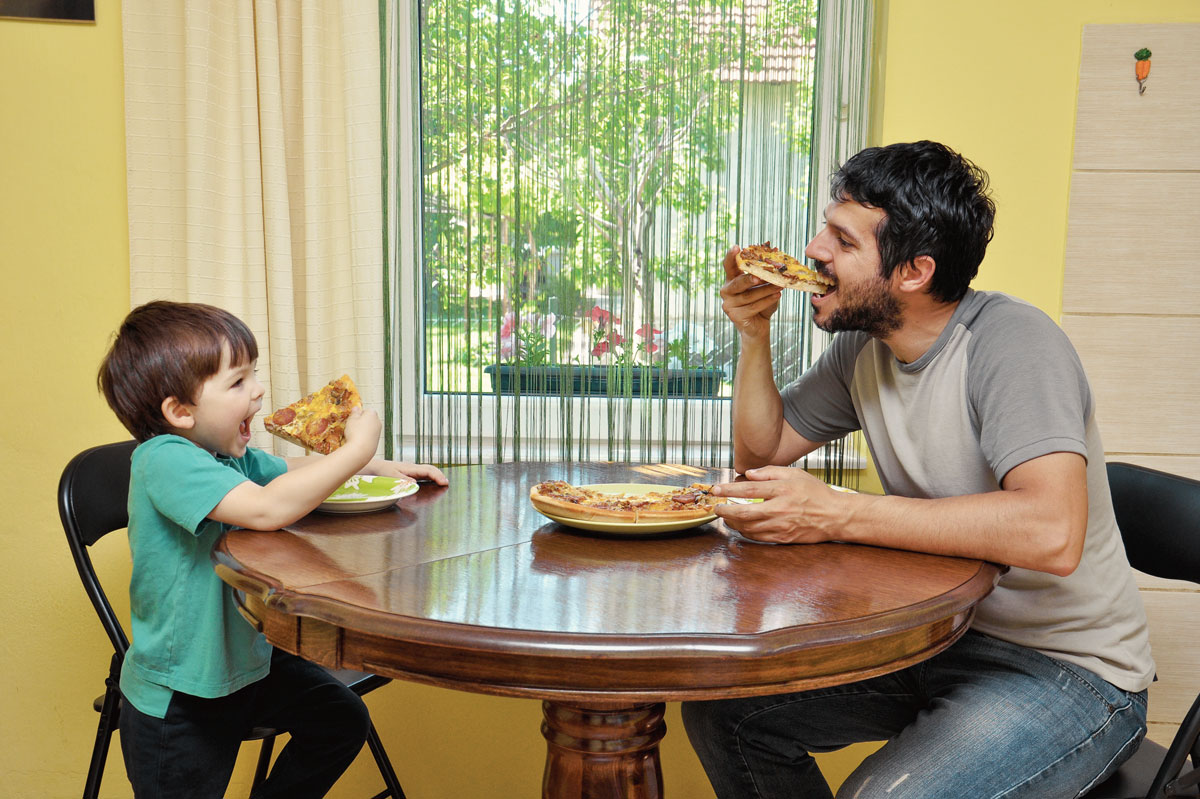How to feed your preschooler
- Home
- Ellyn Satter
- Toddler / Preschooler
- Preschooler
- How to feed your preschooler


Don’t make him taste or eat to please you.
© Ellyn Satter
Side-Lying Hold
This hold is useful when:
Cross-Cradle Hold
This hold is useful when:
Clutch or “Football” Hold
This hold is useful when:
Cradle Hold
This hold is useful when:
Laid-Back Hold
This hold is useful when: